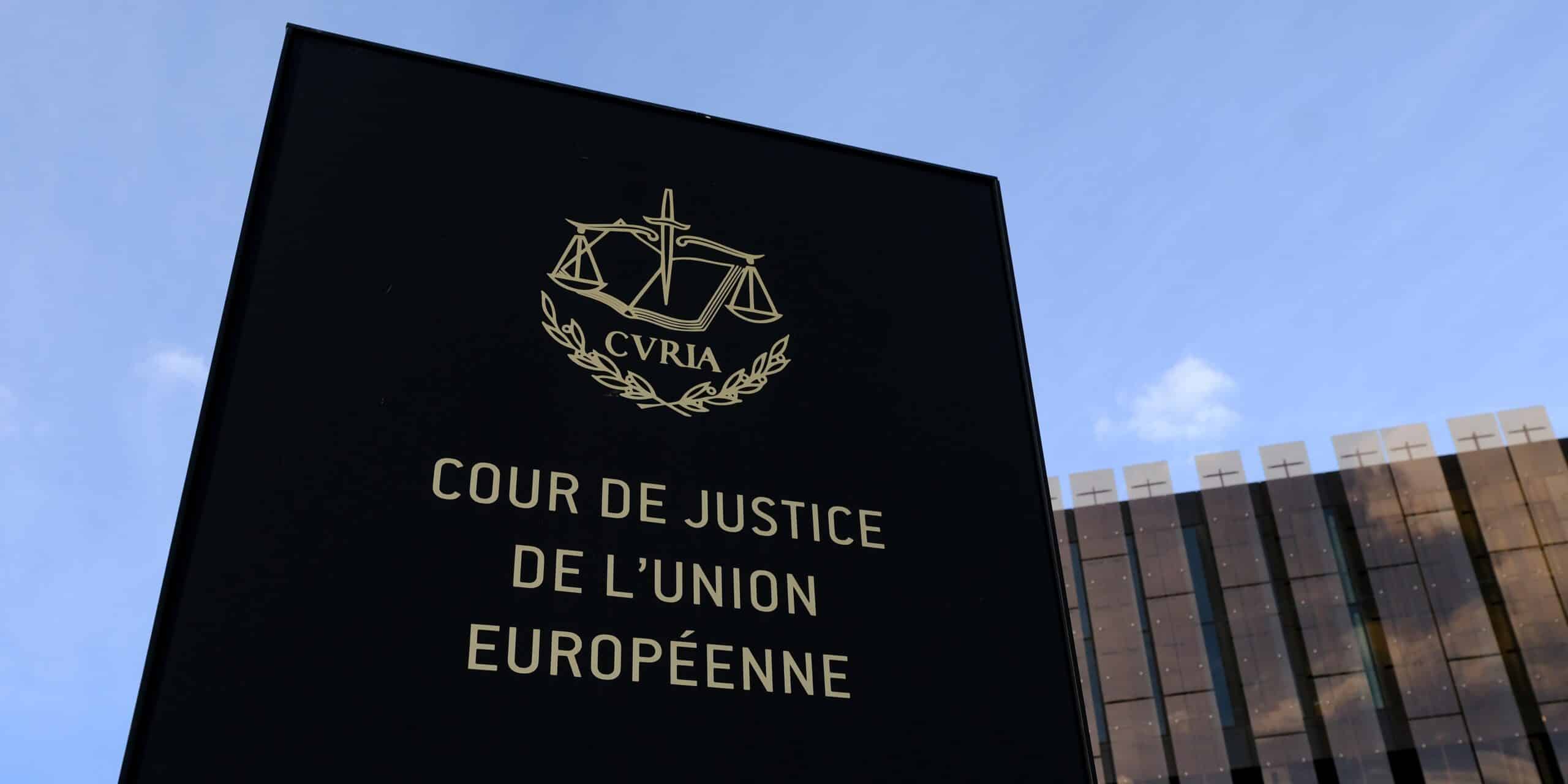[EXAMPLE]
Understanding Legal Entity Identifier (LEI) and Its Importance for Companies

In the complex web of modern finance and business, ensuring transparency, accountability, and regulatory compliance is paramount. In this landscape, the Legal Entity Identifier (LEI) emerges as a crucial tool. But what exactly is an LEI, and why do companies need it?
Defining the Legal Entity Identifier (LEI)
The Legal Entity Identifier (LEI) is a unique identifier assigned to entities engaging in financial transactions. Introduced in response to the 2008 financial crisis, LEIs were designed to provide a standardized method for identifying legal entities participating in financial transactions globally. They serve as a key component of a larger regulatory effort to enhance transparency and mitigate systemic risk in financial markets.
Structure of the LEI
An LEI is a 20-character alphanumeric code, following the ISO 17442 standard. This code comprises a combination of letters and numbers that uniquely identify each legal entity. LEIs are issued and maintained by Local Operating Units (LOUs), which are organizations authorized by the Global LEI Foundation (GLEIF). LOUs are responsible for validating and updating entity information, ensuring the accuracy and integrity of the LEI database.
Why Companies Need an LEI
Regulatory Compliance:
One of the primary reasons companies need an LEI is regulatory compliance. Various regulatory frameworks, including MiFID II, EMIR, Dodd-Frank, and others, mandate the use of LEIs in reporting and transactional processes. For instance, under MiFID II, any legal entity engaging in financial transactions within the European Union is required to obtain an LEI. Failure to comply with these regulations can result in financial penalties and legal consequences.
Risk Management:
LEIs play a crucial role in risk management by facilitating the identification and monitoring of systemic risk across financial markets. By uniquely identifying each legal entity involved in financial transactions, LEIs enable regulators and market participants to assess counterparty risk, monitor exposure concentrations, and detect interconnectedness within the financial system. This helps prevent the buildup of systemic risk and enhances the stability of financial markets.
Transparency and Market Integrity:
Transparency is essential for maintaining market integrity and investor confidence. LEIs contribute to transparency by providing a standardized means of identifying legal entities engaged in financial transactions. This transparency fosters trust among market participants, enhances market efficiency, and facilitates regulatory oversight. Additionally, LEIs support efforts to combat financial crime, such as money laundering, by enabling authorities to trace the flow of funds across borders more effectively.
Streamlined Reporting Processes:
The use of LEIs streamlines reporting processes for both companies and regulatory authorities. By standardizing entity identification, LEIs reduce the administrative burden associated with reporting financial transactions and regulatory filings. This efficiency not only saves time and resources but also improves data accuracy and reliability, reducing the likelihood of reporting errors and discrepancies.
Global Business Operations:
In an increasingly interconnected global economy, companies often conduct business across borders, engaging with counterparties and financial institutions worldwide. Having an LEI simplifies these cross-border transactions by providing a universally recognized identifier accepted by financial institutions and regulatory authorities globally. This facilitates compliance with regulatory requirements in different jurisdictions and enhances the efficiency of cross-border financial activities.
Process of Obtaining an LEI
- Registration: The entity seeking an LEI submits an application to an accredited Local Operating Unit (LOU) or an authorized registration agent. The application typically includes information about the entity’s legal structure, ownership, and registration details.
- Validation: The LOU validates the information provided in the application to ensure its accuracy and completeness. This may involve verifying the entity’s legal status, ownership structure, and registration details through official sources.
- Issuance: Upon successful validation, the LOU issues an LEI to the entity, along with a corresponding LEI certificate. The LEI is then added to the GLEIF database, where it can be accessed and verified by market participants and regulatory authorities.
- Renewal: LEIs are subject to renewal on an annual basis to ensure that the entity’s information remains up-to-date and accurate. Entities must review and update their LEI records as necessary to reflect any changes in their legal status, ownership structure, or registration details.
Conclusion
In conclusion, the Legal Entity Identifier (LEI) is a vital tool for enhancing transparency, regulatory compliance, and risk management in financial markets. By uniquely identifying legal entities engaged in financial transactions, LEIs facilitate regulatory reporting, streamline processes, and support global business operations. As regulatory requirements continue to evolve, obtaining and maintaining an LEI will remain essential for companies operating in today’s interconnected and highly regulated financial landscape.



